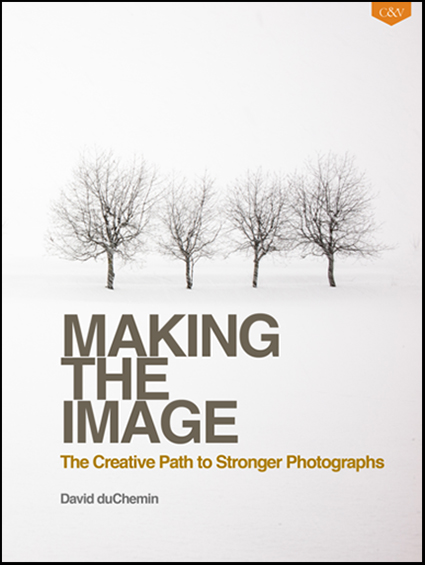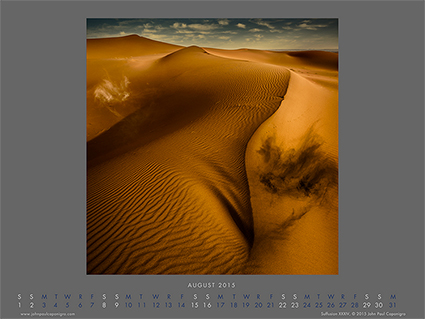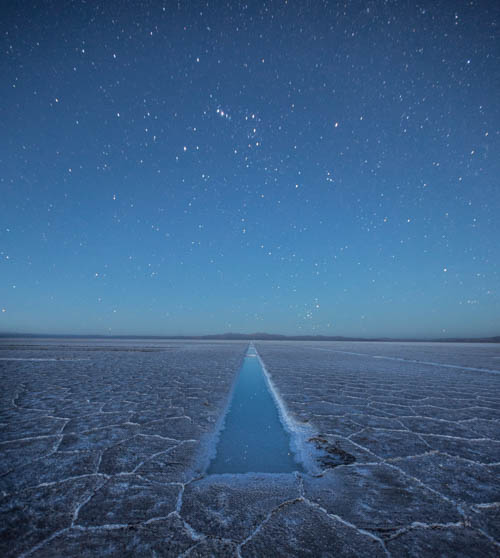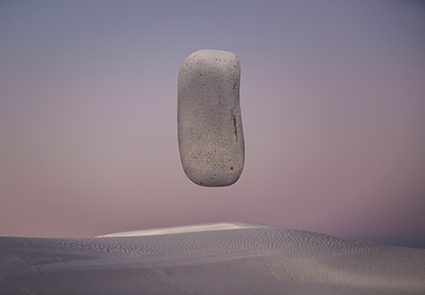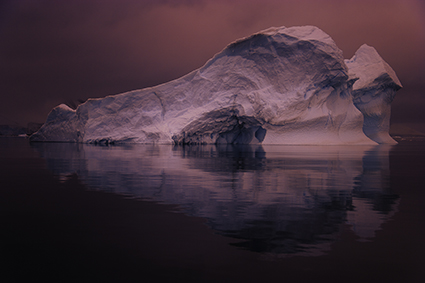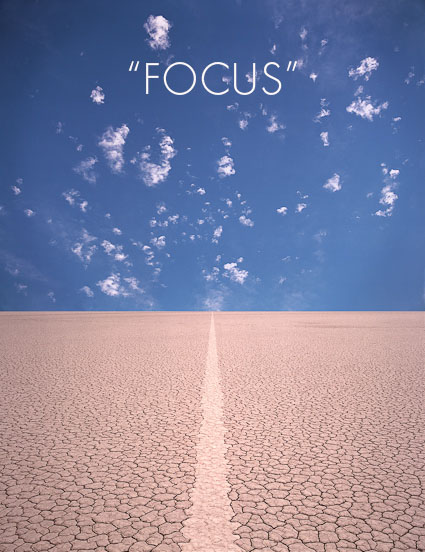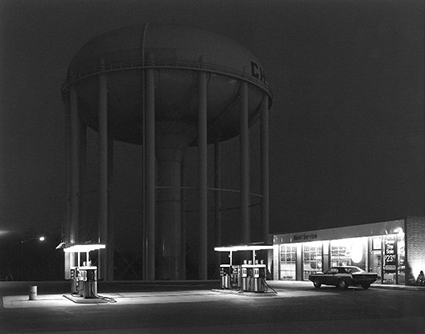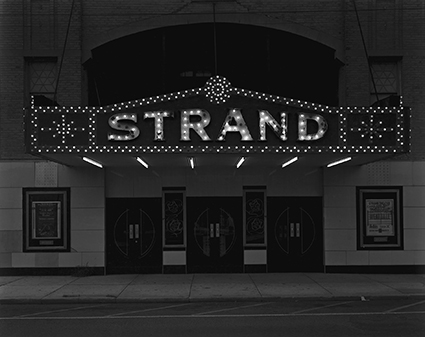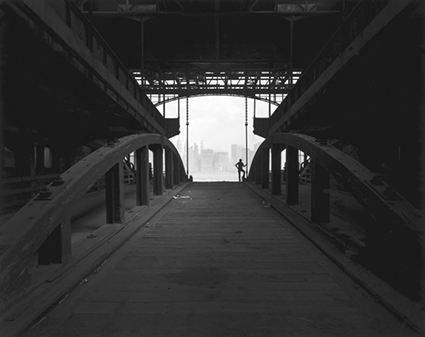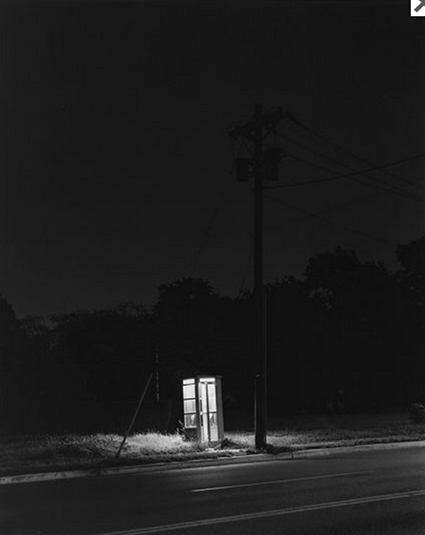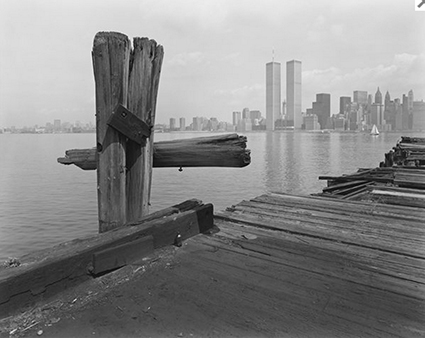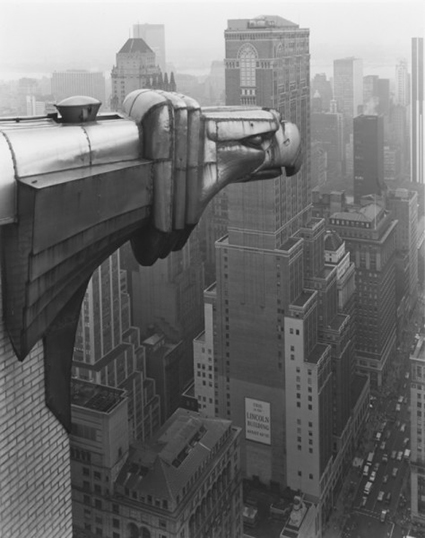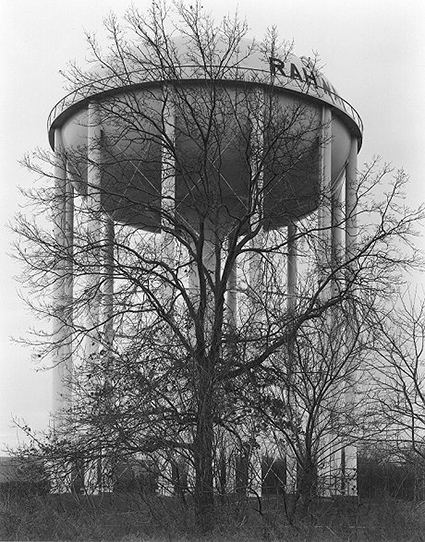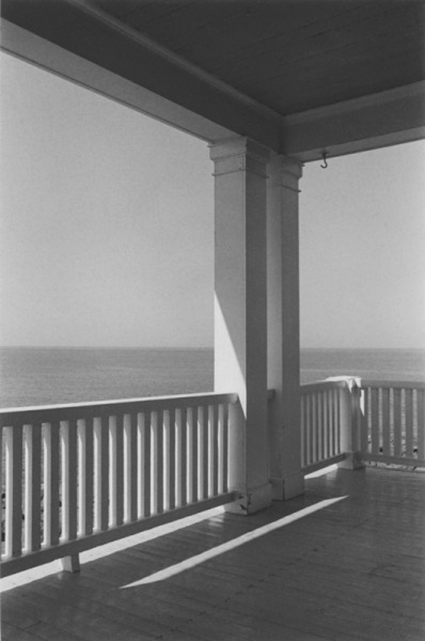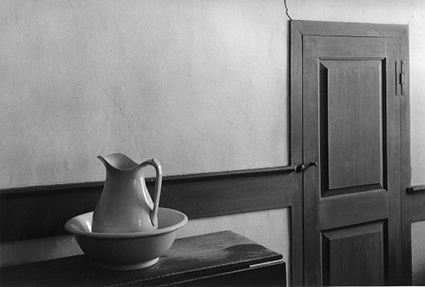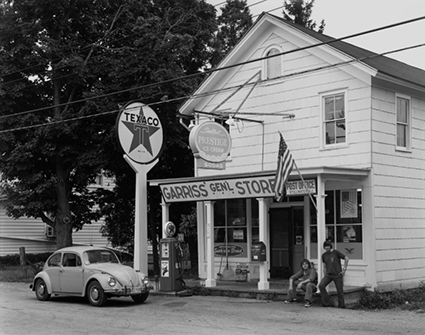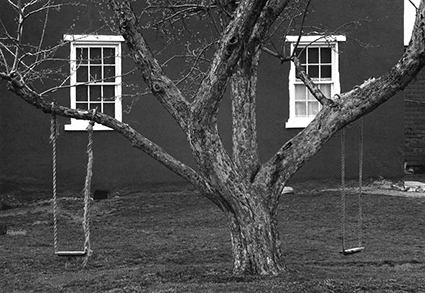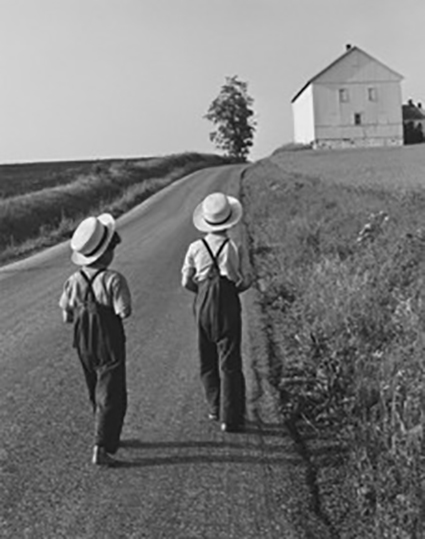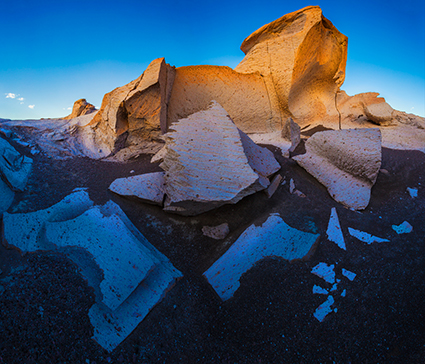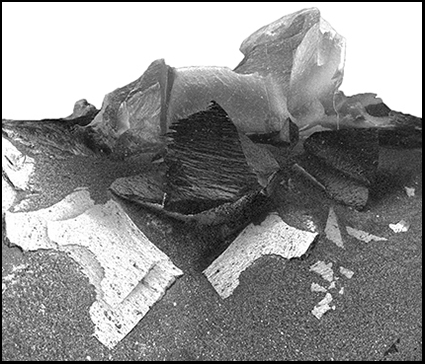26 Great Quotes On Quality
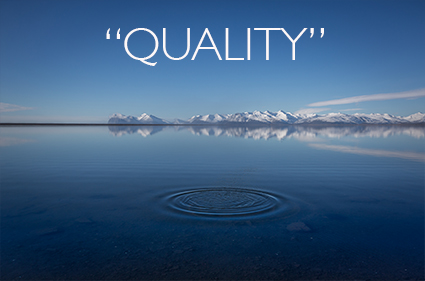
Enjoy this collection of quotes on Quality.
“It is quality rather than quantity that matters.” – Lucius Annaeus Seneca
“Quality is more important than quantity. One home run is much better than two doubles.” – Steve Jobs
“Always do things right. This will gratify some people and astonish the rest.” – Mark Twain
“Quality means doing it right when no one is looking.” – Henry Ford
“The quality, not the longevity, of one’s life is what is important.” – Martin Luther King, Jr.
“The quality of life is more important than life itself.” – Alexis Carrel
“To me, the function and duty of a quality human being is the sincere and honest development of one’s potential.” – Bruce Lee
“One of the rarest things that a man ever does, is to do the best he can.” – Josh Billings
“The quality of a person’s life is in direct proportion to their commitment to excellence, regardless of their chosen field of endeavor.” – Vince Lombardi
“Quality is never an accident; it is always the result of high intention, sincere effort, intelligent direction and skillful execution; it represents the wise choice of many alternatives.” – William A. Foster
“Quality questions create a quality life. Successful people ask better questions, and as a result, they get better answers.” – Anthony Robbins
“The way we communicate with others and with ourselves ultimately determines the quality of our lives.” – Tony Robbins
“Eventually everything connects – people, ideas, objects. The quality of the connections is the key to quality per se.” – Charles Eames
“Quality is everyone’s responsibility.” – W. Edwards Deming
“If a thing’s worth doing, it’s worth doing well.” – Chinese Proverb
“Anything worth doing is worth doing poorly until you learn to do it well.” – Steve Brown
“Quality is the best business plan.” – John Lasseter
“Everything can be improved.” – C. W. Barron
“There is no such thing as a perfect method. Methods always can be improved upon.” – Walter Daiber
“Quality needs to be constantly improved, but it is just as necessary to make sure that quality never deteriorates.” – Shigeru Mizuno
“Make the workmanship surpass the materials.” – Ovid
“By the work one knows the workmen.” – Jean De La Fontaine
“Quality is not an act. It is a habit.” – Aristotle
“Men acquire a particular quality by constantly acting a particular way… you become just by performing just actions, temperate by performing temperate actions, brave by performing brave actions.” ― Aristotle
“That which we persist in doing becomes easier – not that the nature of the task has changed, but our ability to do has increased.” – Ralph Waldo Emerson
“Persistence is the twin sister of excellence. One is a matter of quality; the other, a matter of time.” – Marabel Morgan
Read more Creativity Quotes here.


